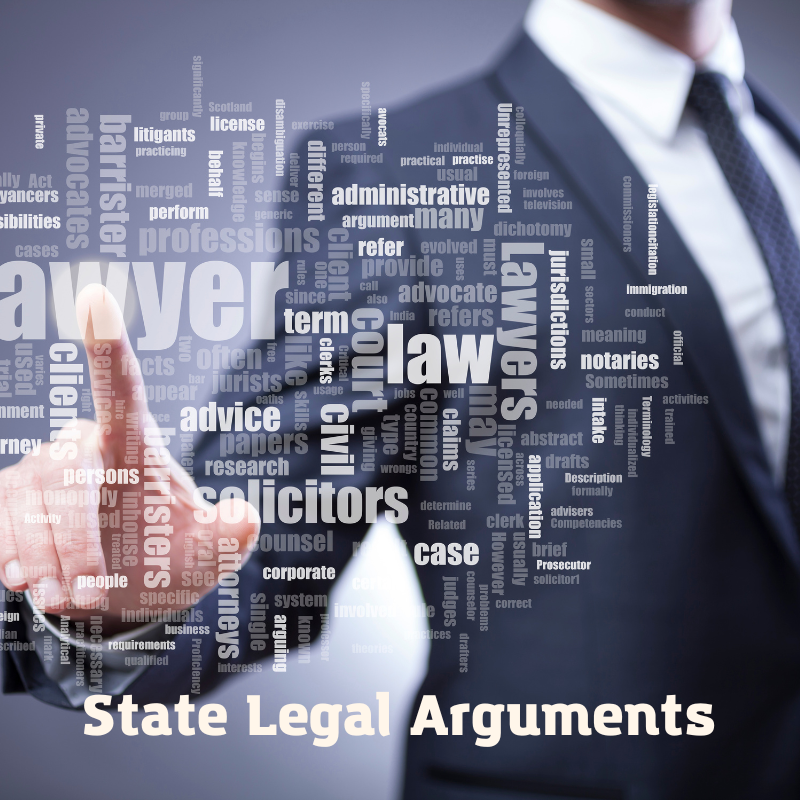(750 words)
They held oral arguments in this case today. It was before a three judge panel. I listened to about 1.5 hours of nearly three hours of arguments.
The state went first, they made some interesting arguments. I need to pay careful attention to the actual arguments because they sounded better than anything I’ve read, so far.
The judges were asking good questions of the state. It wasn’t a case of “tell us what we should rule” but they pushed for real answers to real questions.
One series of questions I remember is the Judges asking, “with this law in place, where can people legally care their firearms?”
The state made an argument that it was ok to ban carry in bars because there will be more people carrying guns and more guns means more accidents. When the judges pushed back regarding the history of banning carry in bars, the state explained that it used to be ok because people use to open carry in bars. If somebody was open carrying and drank too much, the laws disarming people who were drunk could be used.
Since open carry is banned, people can’t tell who is armed and drunk, so nobody can carry now.
As I said, the state lawyer did a good job of lawyering.
The lawyer representing law enforcement, not so much.
He didn’t seem as prepared. He started his arguments around Winter factors. The judges seemed to take pity on him, “Ignore the preliminary injunction, we want to talk about the merits”.
It only took three tries to get him on the right track.
When they got done with the line of questioning on the merits, they dismissed him. He took that as an opportunity to go back to his points.
Somebody must have signalled him because he then said, “oh, my time is up?” The judges politely said “yes” and he left.
I would feel sorry for him if he wasn’t an infringing enemy of The People.
When Rahimi was granted certiorari, I thought about writing my own brief. I didn’t I do not believe I am ready for such a big lift. On the other hand, I read some briefs where I am sure I could have done a better job.
Over in the Seventh Circuit Court of Appeals, they are considering Burnett v. Raoul. The reason I mention this is that one of the big hitters has stepped up to the plate. C.D. “Chuck” Michel is now one of the lawyers representing the plaintiffs (good guys).
When you read his firm’s filings, you learn how it is supposed to be done.
This lawyer for law enforcement that presented today wouldn’t qualify as an intern at Michel & Associates, P.C.
I don’t remember much about the plaintiff’s lawyer’s presentation. My lady was demanding my attention.
Conclusion
We now have cases that are fully briefed in the Second, Third, Fourth, and Seventh Circuit Courts. The first was heard by the Fourth, right after the case was GVRed by the Supreme Court. They will continue to sit on the case until one of their sister infringing courts gives them a ruling they can build on.
The next case was heard by the Second. The Second has the lowest average time from argument to opinion of the circuits. They have been sitting on the case for an extended period of time. I expect them to wait as long as possible.
The Seventh heard their cases, and that three judge panel is so anti-gun and anti gun-rights that I don’t expect an opinion out of them until the Supreme Court pries it out of their greedy hands.
The Ninth has some cases before it. Oral arguments have not been heard. The same with the Eleventh Circuit Court.
This takes us to the Fourth Circuit and today’s oral arguments. I actually believe that this court will issue their opinion before any of the other circuits. It just felt that way when I was listening to their questions.
Listening to Judges and Justices ask questions and attempting to figure out anything is called “reading the tea leaves”. Make sure you don’t say anything solid because reading the tea leaves seldom goes as expected.
Finally, there have been several positive cases out of the Fifth Circuit Court of Appeals. I don’t consider these cases as being useful in striking down bad state laws. There have been no Bruen tantrum response challenges in the Fifth because those states didn’t throw tantrums when the Supreme Court spanked them.
There are a couple of cases that are moving towards the Supreme Court or that are already at the Supreme Court from the Circuit Courts that have not gone rogue. These will go a long way to gutting some of the more egregious parts of federal gun-right infringements, but are unlikely to do anything about gun and magazine bans, nor of sensitive place restrictions.
Like this:
Like Loading...




